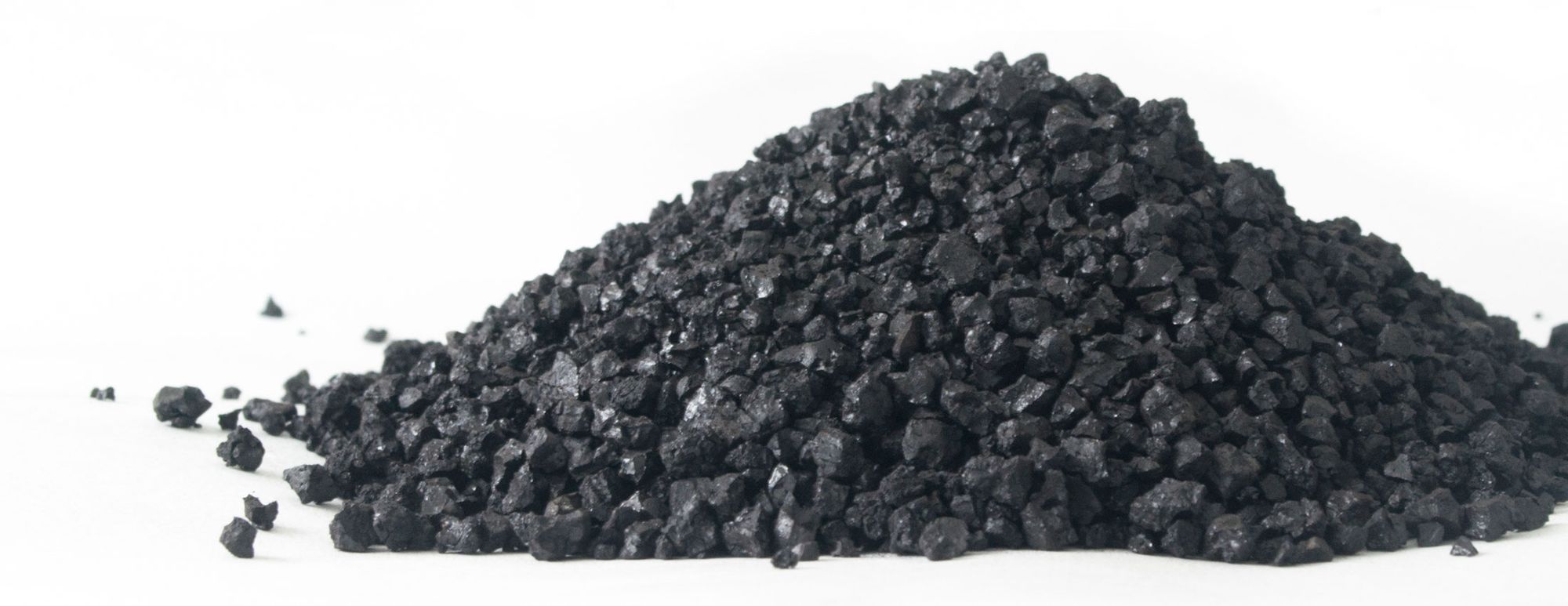Research Reveals Benefits from Higher Humate Rates

NTS Soluble Humate Granules™ have proven to be the flagship NTS product amongst our large and diverse product range. In over 40 countries they are our most successful Nutrition Farming® input. All we have to do is encourage a grower to trial the combination of soluble humates with their fertiliser and they will immediately see the benefits. We call it our “door opener”, because it never fails and invariably the grower returns to ask “what else have you got?”.
Humic acid stabilises and magnifies fertilisers with the simple addition of just 5 kg of NTS Soluble Humate Granules™ per hectare at a cost of around AU$15. We usually suggest that the grower reduces his fertiliser input by the equivalent of AU$15, so there is effectively no additional cost in trialling this concept. Never, in 18 years, have we had a grower who did not do better with these humates. In fact, the 5 kg rate has become the industry standard, particularly in broadacre cereal cropping, simply because it works so well. We have always recommended not to exceed 20 kg per hectare as there was some sketchy evidence that this could be too much of a good thing. There has been very little research on the benefits of higher humate application rates, either as a standalone or in conjunction with fertilisers.
This is why our research team set out to study the use of higher humate rates at our trial plots near South East Queensland, using corn and maize as the trial crops. We were keen to ascertain the positive or negative affect of varying rates of humates, as a standalone application (i.e. not combined with fertilisers). We also set out to determine the relative benefits of using higher rates of humates combined with fertilisers. Our findings suggest that there could be considerable yield benefits in using higher rates than we have previously recommended and that humates can serve as a fertiliser in their own right.
Corn with Humates as a Fertiliser
The research began with a sweet corn trial using Pacific Seeds H5 Hybrid. Corn was oversown and then thinned to give approximately the same number of plants per plot. The soil was phosphorus-deficient but otherwise well balanced from a mineral perspective. NTS Soluble Humate Granules™ were applied at planting at three rates, 10 kg per hectare, 20 kg per hectare and 50 kg per hectare. Both the controls and the treated areas received a side dress of 100 kg of urea just after thinning. Weeds were removed manually and the cobs were harvested 17 weeks after planting.
In our first ever research of humates as a standalone fertiliser, we found a 9% increase in yield with the addition of 10 kg per hectare of Soluble Humate Granules. However we recorded 20.2% increase with 20 kg of humates and we found a yield reduction of 9% associated with the high application of 50 kg per hectare. Humates contain an auxin-like growth promoting effect, which is one of the reasons they promote root growth so effectively. However, as with all natural growth promoters, it is possible to oversupply these stimulants and achieve a negative response. It is a real shame that we did not trial rates of 30 kg or 40 kg per hectare, but in the absence of research guidelines, we will continue to advise 20 kg per hectare as a maximum application rate.
Maize and the Fusion Effect
Next, our team set out to compare maize planted with 200 kg of DAP vs a crop planted with the same rate of DAP combined with 20 kg of NTS Soluble Humate Granules™ per hectare. In this phosphate-deficient soil, the DAP alone produced a 21% yield increase over the unfertilised control. However, the fusion blend with humates produced a massive 49% yield increase over the control. In effect, 28% more yield was achieved with the humate inclusion.
If we were to assume that the sweet corn might have achieved a similar increase, then the economics, in terms of the cost-to-benefit ratio, become astounding. At local prices, the investment in NTS Soluble Humate Granules™ involved less than AU$60 per hectare. The sweet corn price at that time was AU$1.50 per kg. Assuming a yield of 10 tonnes per hectare (an average sweet corn yield), the investment of $60 would have resulted in a gain of $4200 per hectare! There could be considerable gains in upping the humate rates in intensive horticulture and the figures still stack up well in lower value crops.
Sign up to our e-newsletter to receive the latest articles, product updates and exclusive offers from NTS. Every new subscription receives a free digital copy of Graeme Sait's book, 'Nutrition Rules!'. CLICK HERE TO SUBSCRIBE
